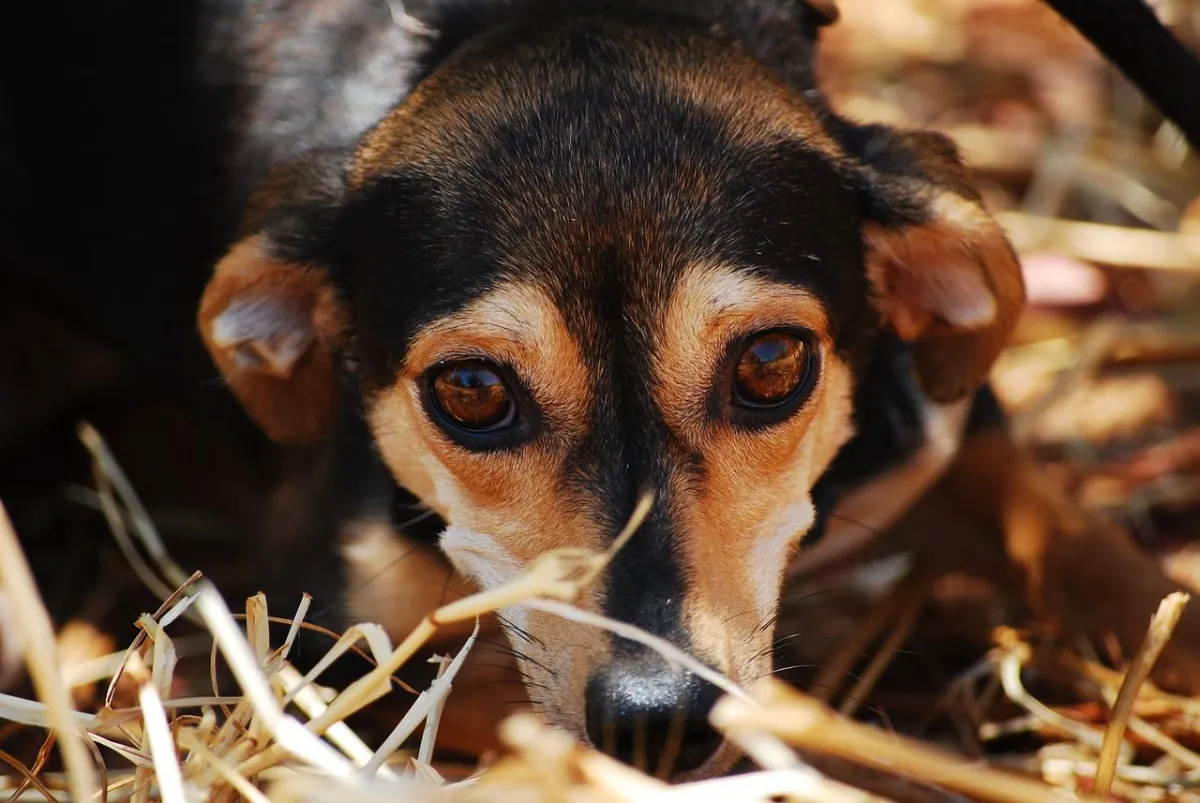
How to Transition Your Pet to a New Pet Daycare Facility in Las Vegas
Transitioning to a new pet daycare facility can be an emotional and logistical challenge. For both you and your pet, the process involves adjusting to a new environment, different routines, and unfamiliar faces. Your pet might experience stress or anxiety during this transition, which can impact their overall well-being. Similarly, you might feel anxious about ensuring your pet's comfort and safety in the new setting.
A smooth transition is crucial for minimizing stress and helping your pet adapt quickly. By preparing properly and managing the change effectively, you can help your pet feel secure and happy in their new daycare. This not only benefits your pet but also provides you with peace of mind, knowing that your furry friend is in a positive and supportive environment. Understanding and navigating this process with care ensures a successful adjustment for everyone involved.
Researching New Daycare Facilities
Before choosing a new pet daycare, it's essential to assess your pet's specific needs. Consider factors such as medical requirements, dietary restrictions, and socialization preferences. If your pet has any health issues or special needs, ensure the daycare can accommodate these. Some pets might need medication administered during the day or have dietary restrictions that require special attention. For socialization, determine if your pet thrives in a bustling environment or prefers quieter, smaller groups. Understanding these needs helps you select a daycare that can cater to your pet's unique requirements.
Location and Accessibility
Choosing a daycare close to your home or workplace simplifies drop-offs and pick-ups. Proximity can also be crucial in case of emergencies. A convenient location reduces stress for both you and your pet and ensures you can easily access the facility if needed.
Facilities and Amenities
Inspect the daycare's physical environment. Look for well-maintained spaces that are clean and safe. The facility should offer adequate indoor and outdoor play areas, comfortable resting spots, and secure fencing. Check if they provide enrichment activities and have the necessary equipment for your pet's needs. For instance, if your pet is used to having access to a swimming pool or agility equipment, ensure the new facility offers similar amenities.
Staff Qualifications
The experience and training of the staff are critical. Staff should be knowledgeable about animal behavior, first aid, and emergency procedures. Ask about their qualifications and experience with pets similar to yours. Well-trained staff will ensure your pet receives proper care and attention.
Online Reviews
Read reviews on trusted platforms like Yelp, Google, or specialized pet care forums. Look for reviews that discuss the facility's cleanliness, staff professionalism, and how well they handle pets. Be wary of facilities with consistently negative feedback or unaddressed complaints.
Preparing Your Pet for the Transition
Here’s how to help your pet transition to a new pet daycare.
Gradual Introduction
Before your pet begins their time at the new daycare, arrange a visit to the facility. This visit helps your pet become accustomed to the new environment. During this visit, walk through the daycare with your pet, allowing them to explore the different areas. Meet the staff and observe their interactions with other animals. This initial exposure helps reduce anxiety by making the new place seem less unfamiliar.
Start with brief, supervised visits to the new daycare before committing to full days. This gradual approach helps your pet adjust to the new surroundings without feeling overwhelmed. During these visits, observe how your pet reacts to the new environment and how well they interact with the staff and other pets. Gradual exposure allows you to monitor their comfort level and make any necessary adjustments to the transition plan.

Behavioral Preparations
Maintaining a consistent routine is key to helping your pet adjust. Stick to their regular feeding schedule, walk times, and play routines as closely as possible. Familiar routines provide a sense of stability and predictability, which can ease anxiety. Ensure that the new daycare can accommodate these routines or discuss how you can integrate them into their daily schedule.
If your pet is not already accustomed to being around other animals or people, begin training and socialization efforts well before the transition. Socialize your pet by introducing them to different environments and situations gradually. Enroll them in training classes if needed, focusing on basic commands and positive reinforcement. Socialization helps your pet feel more comfortable in a group setting, which is crucial for a smooth transition to daycare.
Communicating with the New Daycare Facility
When you transition your pet to a new daycare, it's crucial to provide a complete medical history. Share details about your pet’s vaccinations, allergies, and any special medical needs. This information helps the staff accommodate your pet’s health requirements and ensures they receive the appropriate care. For example, if your pet has a food allergy, make sure the daycare is aware of this to avoid any adverse reactions.
Inform the daycare about any specific behaviors or quirks your pet has. This could include things like a tendency to be anxious around new people or a particular routine they prefer. Providing this information helps the staff understand how to manage your pet’s behavior and ensure their comfort. For instance, if your dog is shy around large groups, let the daycare know so they can facilitate a gradual introduction to other pets.
Establishing Expectations
Discuss what a typical day at the new daycare will look like. This includes daily routines, such as feeding times, exercise schedules, and playtime. Understanding how your pet’s day will be structured helps you anticipate their needs and ensure the daycare aligns with your expectations. For example, if your pet is used to a morning walk, confirm that the daycare can accommodate this routine.
Clarify how the daycare handles emergencies. Ensure they have protocols in place for medical issues or accidents. Ask about their emergency contacts, the nearest veterinary clinic, and how they communicate with pet owners in urgent situations. Knowing these procedures helps you feel confident that your pet is in safe hands.
Monitoring the Transition
During the initial days at the new daycare, keep in regular contact with the facility. Regular check-ins allow you to stay informed about your pet’s adjustment and address any issues promptly. This ongoing communication helps you gauge how well your pet is settling in and whether any adjustments are needed.
Watch for any signs of stress or discomfort in your pet. Behavioral changes such as excessive barking, reluctance to eat, or withdrawal from play can indicate adjustment issues. If you notice any of these signs, discuss them with the daycare staff to understand what might be causing the discomfort and how it can be addressed.
Request daily updates on your pet’s behavior and activities. This feedback provides insight into how your pet is adapting and allows you to monitor their well-being from afar. Daily reports can highlight positive changes or areas where further support might be needed.
Wrapping Up
Successfully transitioning your pet to a new daycare facility involves careful preparation and clear communication. Begin by understanding your pet’s needs and thoroughly researching potential daycare options. With thoughtful planning and open communication, you can make this transition smooth and positive for both you and your pet. Rest assured, a well-executed transition will enhance your pet’s experience and provide you with peace of mind.

